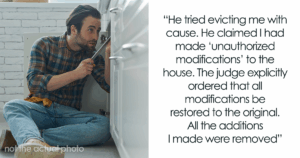“Chill Out or Heat Up? The Shocking Secrets of Storing Hot Food That Could Change Your Kitchen Game!”
Have you ever wondered if tossing piping hot food straight into the fridge is a bold culinary move or a surefire way to invite foodborne mayhem? We’ve all been there—after cooking up a storm, the last thing you want is to waste time cooling down leftover mac and cheese when all you can think about is diving into a Netflix binge. But hold on a minute! If you’re keen on keeping your leftovers safe (and your stomach happy), it’s crucial to understand the art of cooling. Join me as we dissect the do’s and don’ts of safely stashing your hot dishes in the refrigerator and discover some tips to avoid turning your fridge into a bacterial buffet. Ready to chill? Let’s dive in! LEARN MORE
If you’ve got hot food that isn’t going to be eaten right away, you will want to get it into the fridge. The question is, do you have to cool it down first? Or, can it go in piping hot?
Food safety is critical, so let’s discuss the correct method.
Food Safety 101
Food safety should always be practiced. Otherwise, you risk various foodborne illnesses like E. Coli, listeria, or salmonella. 40 F to 140 F is considered the “danger zone” where you’re most likely going to experience problems. So, you should cool food as quickly as possible to get the food out of the danger zone.
Cooling is Critical
Your fridge may not be able to cool everything down quickly enough – and you don’t want to get anything else around the leftovers warmer than it should be.
Now, here’s why cooling is so important:















